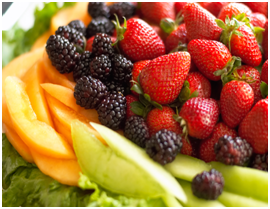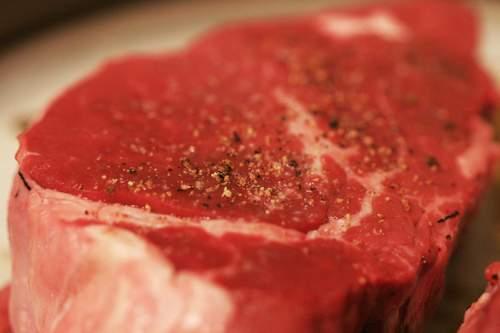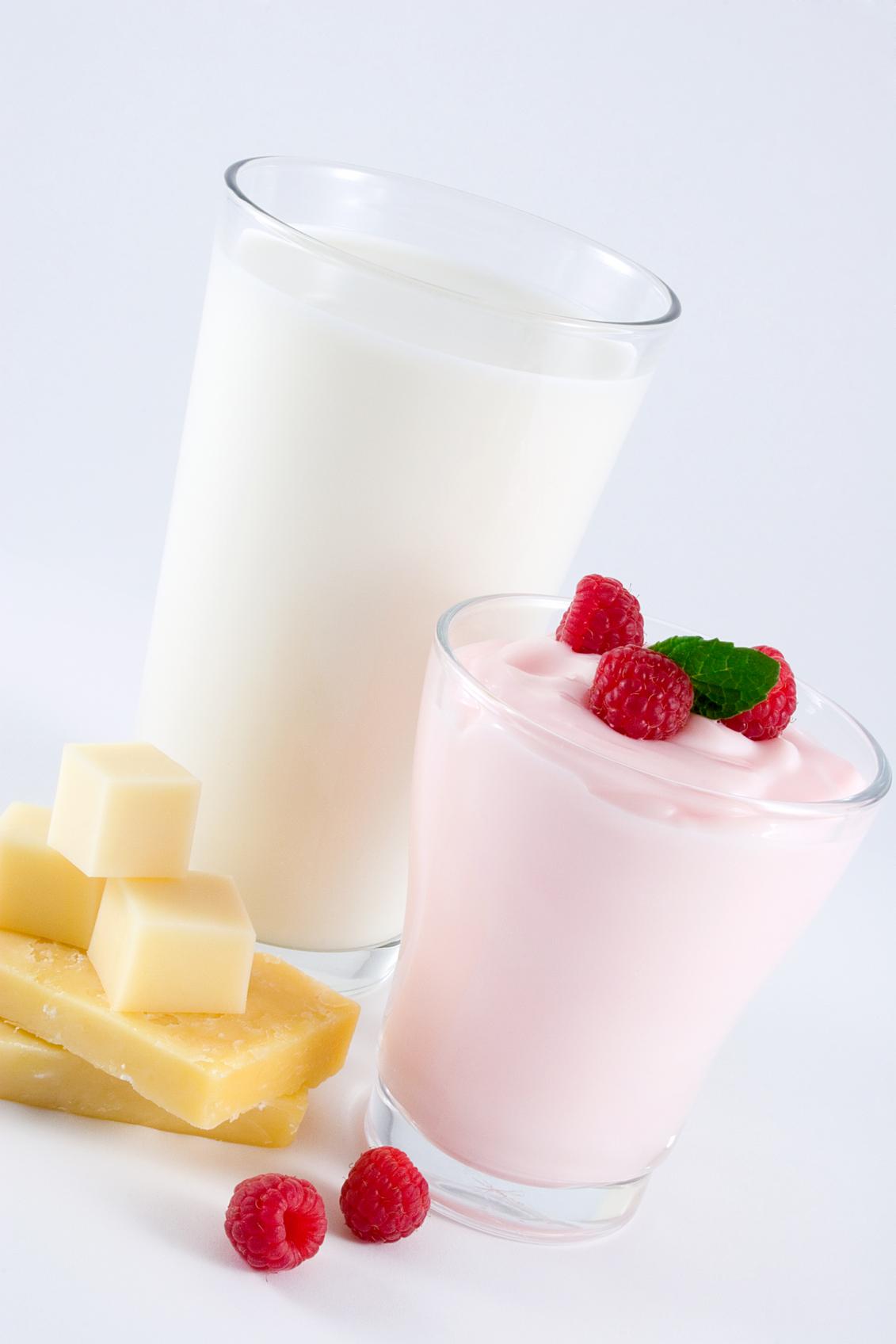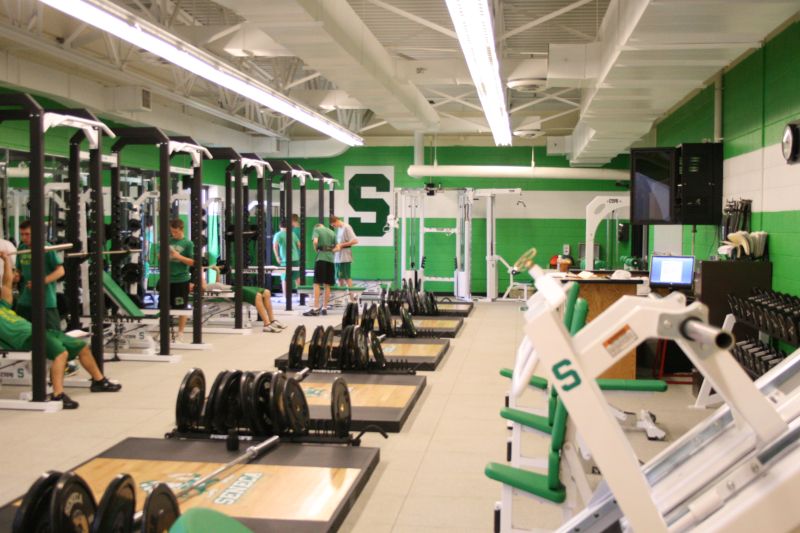Physical Fitness and Nutrition

Here at Seneca High School, we are determined to provide nutrition and wellness information to our students in order for them to maximize themselves as a student and athlete. The physical commitment to high school classes, sports, and clubs are challenging to all of our students. There may be daily practices (sometimes in the morning and afternoon), separate weight training and PE classes, and one or two competitions in a week depending on the sport or club. This amount of activity, along with a full school day, can cause extreme exhaustion and a lack of energy that is required to eat healthy meals and concentrate on homework needed to succeed in school.
This addition to our website aims at informing our students and their families on what can be done outside of school to help achieve the goals we collectively have as a high school. We want to focus on exercise, and below are some ideas on what to eat to maintain energy throughout the day. I will also give anyone a nutrition booklet that goes into more detail of the information below if asked. Please email me at rreade@senecahs.org requesting a copy for your son or daughter. Eat Healthy Seneca!!!
If you have a busy schedule, including exercising or playing sports during the day, you will want to follow the suggestions listed below. These foods should be consumed in smaller portions if you lack time to exercise. WE WANT YOU TO EXERCISE!! Along with this, realize that drinking plenty of water or clear fluids is also essential.

Fruits, Vegetables, and Grains are your dietary staples. They should make up three-fourths of every meal. These foods provide carbohydrates. Carbohydrates are your primary fuel source when you're working hard at practice, and you only have a very limited supply of these carbohydrate fuel reserves in your body. That means you need to replace on a daily basis what you use up during exercise. If you don't, you'll be dragging at every practice and workout, and failing to deliver during competitions. These foods are also storehouses for essential vitamins and minerals, as well as fiber. Consume at least 5 servings of fruits and vegetables each day.

Protein Foods should make up the other fourth of your meals. Healthy protein foods are lean meats, chicken, turkey, fish, nuts, beans, and tofu. Protein foods provide amino acids, which are the building blocks your body uses to make all kinds of different proteins, including muscle tissue. Protein foods like meat are also good sources of iron, which is an important mineral you need to maintain your energy level. Contrary to popular opinion, most athletes get plenty of protein, and eating more than you need won't make you any stronger or bigger. But timing your protein intake in relation to your practices and workouts is something to pay attention to. A good, practical way to get healthy protein sources is to bring a couple of sandwiches to school to eat during breaks and at lunchtime. Peanut butter and jam, chicken, tuna, and meat sandwiches all fit the bill. A bag of nuts with dried fruit also makes for a munchable snack, and the fats in nuts are particularly healthful.

Recommendations for Dairy Foods are to have 3–4 servings a day. Dairy foods include milk, yogurt, cheese, cottage cheese, and ice cream. Choose lower-fat versions. Dairy foods provide high quality protein and often some carbs, and are also great sources of calcium and vitamin D. During your teenage growth spurt, you'll be adding nearly 40% of the total amount of bone you will have as an adult. If you don't bone up as a teenager, there's no catching up later. In fact, you'll live with the bone health consequences the rest of your life. Calcium is a key mineral that gives bones their strength, and vitamin D helps your body to absorb calcium. To get the calcium and vitamin D you need every day, try to drink milk with your meals, have cheese in your sandwiches, and make yogurt with fruit a regular snack. If you can't consume dairy products, consider calcium and vitamin D fortified foods and beverages or a calcium and vitamin D dietary supplement to ensure an adequate intake of these important nutrients.
Fat is the primary muscle fuel you use during low-intensity activities. Realistically, fats will be second only to carbohydrates in terms of the calorie contributors in your diet. So when you eat them, try to steer clear of the unhealthy versions and towards those that can make you healthier. Butter, the fat in and around meat, the fats in most restaurant fried foods, and the fat in dairy products are high in either saturated fat or trans fat. Long-term, when consumed in excess, these fat sources can be harmful to the heart. Healthy fats are the monounsaturated and polyunsaturated fats found in fish, such as salmon; and a variety of plant sources, such as nuts, avocados, and vegetable oils. So where it's practical for you, try olive oil or another vegetable oil in place of butter, select low-fat or nonfat versions of dairy products, limit your intake of restaurant fried foods, choose lean cuts of meat, and trim the fat off meat and the skin off poultry.
You Need Extra Energy
Playing sports boosts your need for calories. A typical teenage boy requires a base level of about 2,100–2,400 calories daily, while a typical girl needs around 1700 calories. Throwing sports into the mix changes the calorie score. Girls need an extra 750 calories daily to meet the energy demands of training and competing, while boys need an extra 900 calories. Somehow you're supposed to get all these extra calories from healthy food sources while going to classes, attending practices, getting your homework done, and getting enough sleep. Granted, it's not always easy, but short-changing calories while you're training hard is asking for trouble. Too few calories will cause your performance to suffer, you'll get sick more frequently, and for you girls, it can negatively impact your hormone balance, leading to devastating long-term consequences on bone health.
Links
Breakfast--The Key to Academic Excellence
NEW SENECA WEIGHT ROOM SLIDESHOW BELOW!!!!

Weight Room Equipment List
- 7 Multi-Purpose Power Racks
- 5 Platforms
- 5 Plyo-Boxes
- 3 Glute Ham Machines
- 2 Leg Curl/Leg Extension Combo Machines
- 1 Cable Crossover
- 1 Seated Row
- 1 Lat Pulldown
- 1 Leg Press
- 1 Neck Machine
- 1 Set 5-100 lb. Dumbbells
- 25 Medicine Balls
- 5 Stability Balls
- 4 Dot Drill Mats
- Chain/Band Attachments
BFS Activities Outside of Weight Lifting
- Pilates
- Medicine Ball Routines
- Stability Ball Routines
- Insanity Workouts
- Ladders, Hurdles, other Agility Workouts
Resource: Christopher D. Jenson, PHD, Nutrition Researcher, powerbar.com





 Launch the media gallery 1 player
Launch the media gallery 1 player